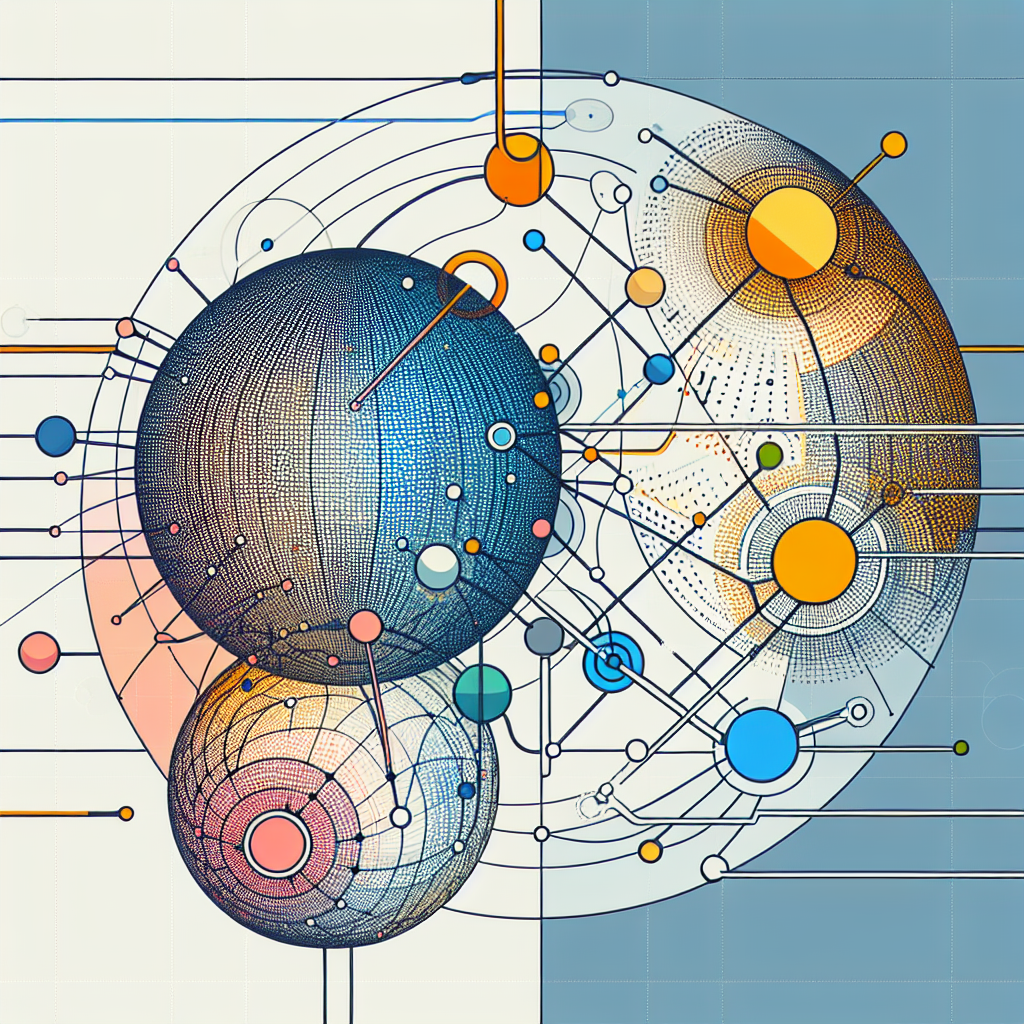Artificial General Intelligence (AGI) is the holy grail of artificial intelligence research. It refers to the development of machines that have the ability to perform any intellectual task that a human can do. While there has been significant progress in the field of artificial intelligence in recent years, achieving AGI remains a formidable challenge. In this article, we will compare different approaches to AGI and explore the advantages and limitations of each.
Approaches to AGI:
There are several different approaches to achieving AGI, each with its own set of advantages and challenges. Some of the most prominent approaches include:
1. Symbolic AI: Symbolic AI is based on the idea of representing knowledge and reasoning using symbols and rules. This approach has been the dominant paradigm in AI research for decades, but it has limitations when it comes to handling uncertainty and complexity.
2. Connectionist AI: Connectionist AI, also known as neural networks, is based on the idea of simulating the brain’s interconnected neurons. This approach has been very successful in recent years, particularly in the field of deep learning, but it also has limitations when it comes to reasoning and generalization.
3. Evolutionary AI: Evolutionary AI is based on the idea of using genetic algorithms and other evolutionary techniques to evolve AI systems. This approach has shown promise in areas such as optimization and game playing, but it is still in its early stages when it comes to achieving AGI.
4. Hybrid AI: Hybrid AI combines elements of different approaches to AGI in order to overcome their individual limitations. For example, a hybrid approach might combine symbolic AI with connectionist AI to achieve both reasoning and learning capabilities.
Advantages and Limitations of Different Approaches:
Each approach to AGI has its own set of advantages and limitations. Symbolic AI, for example, is good at reasoning and logic, but it struggles with uncertainty and complexity. Connectionist AI, on the other hand, is good at learning from data, but it struggles with reasoning and generalization. Evolutionary AI is good at optimization and adaptation, but it is still in its early stages when it comes to achieving AGI.
Hybrid AI has the potential to overcome the limitations of individual approaches by combining their strengths. For example, a hybrid approach might use symbolic AI for reasoning and planning, while using connectionist AI for learning and adaptation. By combining the strengths of different approaches, hybrid AI has the potential to achieve AGI more quickly and effectively than any single approach alone.
FAQs:
Q: How close are we to achieving AGI?
A: While significant progress has been made in the field of artificial intelligence in recent years, achieving AGI remains a formidable challenge. Most experts believe that we are still many years, if not decades, away from achieving true AGI.
Q: What are the ethical implications of AGI?
A: The development of AGI raises a number of ethical concerns, including the potential for job displacement, surveillance, and the misuse of AI for malicious purposes. It is important for researchers and policymakers to consider these ethical implications as they work towards achieving AGI.
Q: Will AGI be a threat to humanity?
A: While some experts have raised concerns about the potential for AGI to pose a threat to humanity, most researchers believe that AGI can be developed in a safe and ethical manner. It is important for researchers to consider the potential risks of AGI and work towards developing AI systems that are aligned with human values.
Q: How can I get involved in AGI research?
A: There are many ways to get involved in AGI research, including pursuing a degree in artificial intelligence or computer science, participating in research projects, and joining AI organizations and communities. By getting involved in AGI research, you can help contribute to the development of AI systems that have the potential to change the world.
In conclusion, achieving AGI remains a formidable challenge, but with continued research and innovation, we may one day be able to develop machines that have the ability to perform any intellectual task that a human can do. By comparing different approaches to AGI and exploring their advantages and limitations, we can better understand the path towards achieving this ambitious goal.

